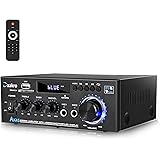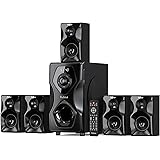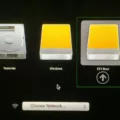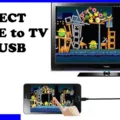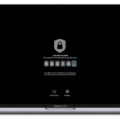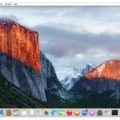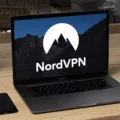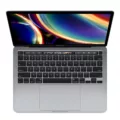Emojis have become an integral part of our digital communication, adding flair and personality to our messages. Whether you’re expressing joy, sadness, or even confusion, emojis allow us to convey our emotions more effectively. However, sometimes we encounter issues where emojis don’t show up on certain devices or platforms, particularly on the Touch Bar of MacBook Pro laptops. In this article, we will explore how to enable the Emoji Character Viewer in the Menubar on a Mac, and troubleshoot issues where emojis may not be visible on the Touch Bar.
To begin, let’s enable the Emoji Character Viewer in the Menubar on your Mac. Follow these simple steps:
1. Click on the Apple logo at the top left corner of your Mac screen.
2. From the dropdown menu, select “System Preferences.”
3. In the System Preferences window, click on the “Keyboard” icon located in the second row.
4. A new window will appear with various tabs. Click on the “Keyboard” tab.
5. Within the Keyboard tab, you’ll find an option to “Show keyboard & emoji viewers in the menu bar.” Tap the checkbox next to this option to enable it.
Once you have enabled the Emoji Character Viewer in the Menubar, you should be able to access emojis easily by clicking on the icon located in the menu bar. However, in some cases, emojis may still not appear on the Touch Bar of your MacBook Pro. Here are some additional troubleshooting steps you can try:
1. Restart your Mac: Sometimes, a simple restart can resolve various software glitches. Restart your MacBook Pro and check if emojis now appear on the Touch Bar.
2. Update macOS: Ensure that you are using the latest version of macOS on your computer. To update, go to System Preferences > Software Update and follow the instructions to install any available updates. Updated software often includes bug fixes and improvements that can address compatibility issues.
3. Check Input Sources: Open System Preferences and click on the “Keyboard” icon. In the “Input Sources” tab, make sure the option to “Show Input menu in the menu bar” is checked. This will allow you to access the on-screen Emoji & Symbols menu by clicking on the input menu icon in the menu bar.
If you’ve followed these steps and emojis still do not appear on the Touch Bar, it’s possible that there may be a hardware issue or a more complex software conflict. In such cases, it is recommended to contact Apple Support or visit an authorized service provider for further assistance.
Emojis add a touch of fun and expressiveness to our digital interactions. By enabling the Emoji Character Viewer in the Menubar on your Mac, you can easily access emojis and enhance your messaging experience. If emojis are not showing up on the Touch Bar of your MacBook Pro, try restarting your device, updating macOS, and checking input sources. Remember, it’s always a good idea to stay up to date with the latest software updates to ensure optimal emoji functionality.
How Do You Get Your Emojis Back On Your Mac Touch Bar?
To get your emojis back on your Mac Touch Bar, you can follow these steps:
1. Click on the Apple logo at the top left corner of your Mac screen.
2. Select “System Preferences” from the drop-down menu.
3. In the System Preferences window, click on the “Keyboard” icon.
4. Go to the “Keyboard” tab.
5. Check the box that says “Show keyboard and emoji viewers in menu bar”.
6. Close the System Preferences window.
Once you have enabled this option, you will see a new icon in the menu bar, which looks like a small smiley face. Clicking on this icon will open the emoji character viewer, where you can easily browse and select the emojis you want to use.
Please note that this option may not be available on all Mac models, especially older ones that do not have a Touch Bar. Additionally, make sure that your Mac is running the latest version of macOS to ensure compatibility with this feature.
Hope that helps!
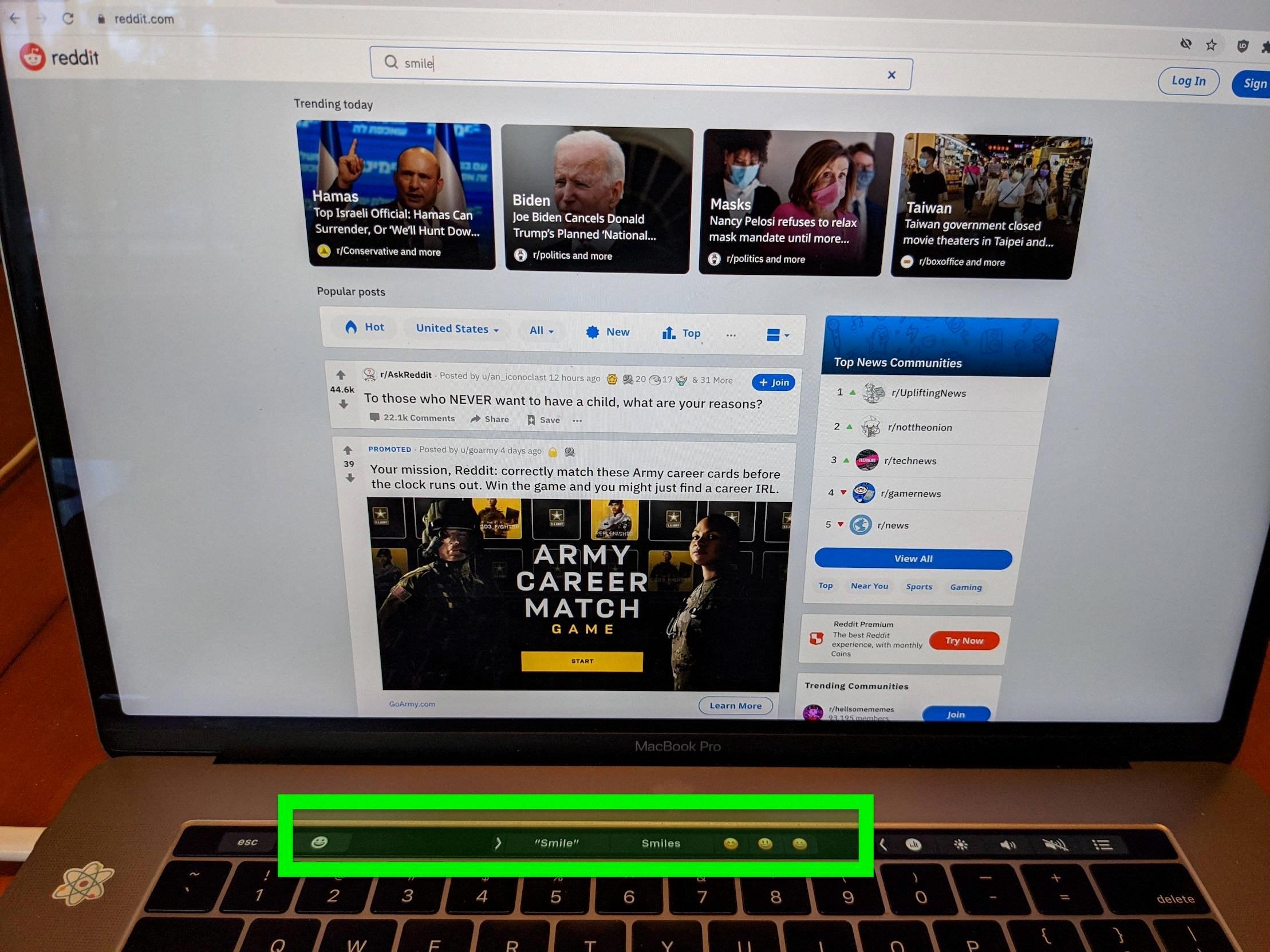
Why Aren’t Your Emojis Showing Up On Your Touch Bar?
There could be a few reasons why your emojis are not showing up on your MacBook Pro’s Touch Bar. Here are some possible explanations and solutions:
1. Emoji key not enabled: By default, the Touch Bar should have an emoji key located on the right side of the Control Strip. However, in some cases, it may not be enabled. To check if it is enabled, go to System Preferences > Keyboard > Customize Control Strip. Ensure that the emoji key is present and selected. If it is not, drag and drop it onto the Touch Bar.
2. Touch Bar customization: It is possible that you have customized your Touch Bar and removed the emoji key. To restore it, go to System Preferences > Keyboard > Customize Control Strip. Find the emoji key in the customization window and drag it back onto the Touch Bar.
3. Restart your Mac: Occasionally, the Touch Bar may experience a glitch that prevents emojis from appearing. A simple restart of your Mac can often resolve this issue. Click on the Apple menu in the top-left corner of the screen and select Restart.
4. Update macOS: It’s important to keep your macOS up to date to ensure the smooth functioning of your Touch Bar and its features. To check for updates, go to System Preferences > Software Update. If an update is available, click on “Update Now” to install it.
5. Hardware issue: If none of the above solutions work, it is possible that there is a hardware issue with your MacBook Pro’s Touch Bar. In this case, it is recommended to contact Apple Support or visit an authorized service provider for further assistance.
Remember, these are general troubleshooting steps, and the specific solution may vary depending on your macOS version and individual settings.
How Do You Get The Touch Bar to Show Emojis?
To display emojis on the touch bar, you need to follow these steps:
1. Open the app or program where you want to use emojis.
2. If the touch bar is not currently visible, press the Fn key on your keyboard to enable it.
3. Look for the Control Strip on the right side of the touch bar. It is the region that displays various function keys and controls.
4. Locate the “Keyboard” icon on the Control Strip. It looks like a small keyboard.
5. Tap on the “Keyboard” icon to expand the options.
6. In the expanded keyboard options, you should see an icon that resembles a smiley face or globe icon. This is the emoji button.
7. Click on the emoji button to open the on-screen Emoji & Symbols menu.
8. The Emoji & Symbols menu will display a wide range of emojis and symbols that you can choose from.
9. Use your finger or the trackpad to scroll through the available emojis or use the search bar at the top to find a specific emoji.
10. Once you find the emoji you want to use, simply tap on it to insert it into your text or document.
Using these steps, you can easily access and use emojis directly from the touch bar on your Mac.
Why Are Your Emojis Not Working On Mac?
The issue of emojis not working on Mac can be attributed to a few possible reasons. Here are some common causes and their corresponding solutions:
1. Incompatible software version: Ensure that you are using a macOS version that supports emojis. Older versions may not have full emoji support. Consider updating your operating system to the latest version available.
2. Input source settings: Check your input source settings to ensure that emojis are enabled. Go to the “Input Sources” tab in the “Keyboard” settings. Make sure the “Show Input menu in menu bar” option is checked. If you are using an older macOS version, go to System Preferences > Keyboard and check “Show keyboard and emoji viewers in menu bar” in the “Keyboard” tab.
3. Keyboard shortcuts conflict: Some keyboard shortcuts may conflict with emoji input. Verify that there are no conflicting shortcuts set up in your system preferences. Go to the “Shortcuts” tab in the “Keyboard” settings and review the shortcuts related to emojis.
4. Emoji palette visibility: Check if the emoji palette is visible. It can be accessed by clicking on the emoji icon in the menu bar or by pressing Control + Command + Space. If it’s not visible, select “Show Emoji & Symbols” from the input menu.
5. Font compatibility: Ensure that the font you are using supports emojis. If you are experiencing issues with specific applications, try changing the font settings within those applications.
6. Software conflicts: Certain third-party applications or plugins might interfere with emoji functionality. Try disabling or removing any recently installed software or extensions to see if it resolves the issue.
7. System restart: Sometimes, a simple system restart can resolve minor glitches and restore the proper functioning of emojis. Restart your Mac and check if the emojis work afterwards.
If none of these solutions work, it may be helpful to seek additional support from Apple or consult online forums and communities dedicated to Mac users.
Conclusion
Emojis have become an integral part of our digital communication, allowing us to express emotions, convey meaning, and add a touch of personality to our messages. They have evolved from simple emoticons to a vast collection of diverse and culturally significant symbols, making our conversations more vibrant and engaging.
Enabling the Emoji Character Viewer in the menubar on a Mac is a simple process that can greatly enhance your emoji usage. By enabling this feature, you can easily access a wide range of emojis directly from the menubar, eliminating the need to search for them in different applications. This convenience saves time and adds a fun element to your communication.
Whether you are using a MacBook Pro with a Touch Bar or an older macOS version, there are options available to enable the emoji key and access the Emoji & Symbols menu. By following the steps outlined above, you can ensure that you have easy access to emojis in any application, making your digital conversations more expressive.
Emojis have become a universal language that transcends cultural and language barriers, allowing people to connect and communicate in a more visual and emotional manner. From expressing happiness and excitement to conveying sadness or humor, emojis have added a new dimension to our digital interactions.
As emojis continue to evolve and expand, it is important to stay updated with the latest macOS version to ensure access to the latest emojis and features. Regularly checking for software updates and enabling the necessary settings will ensure a seamless and enjoyable emoji experience on your Mac.
Emojis have revolutionized the way we communicate digitally, adding a touch of creativity, emotion, and personality to our messages. By enabling the Emoji Character Viewer in the menubar on a Mac, you can easily access and use emojis in any application, enhancing your digital conversations and making them more engaging and expressive. So go ahead, enable the emoji key, and let your emotions shine through!

